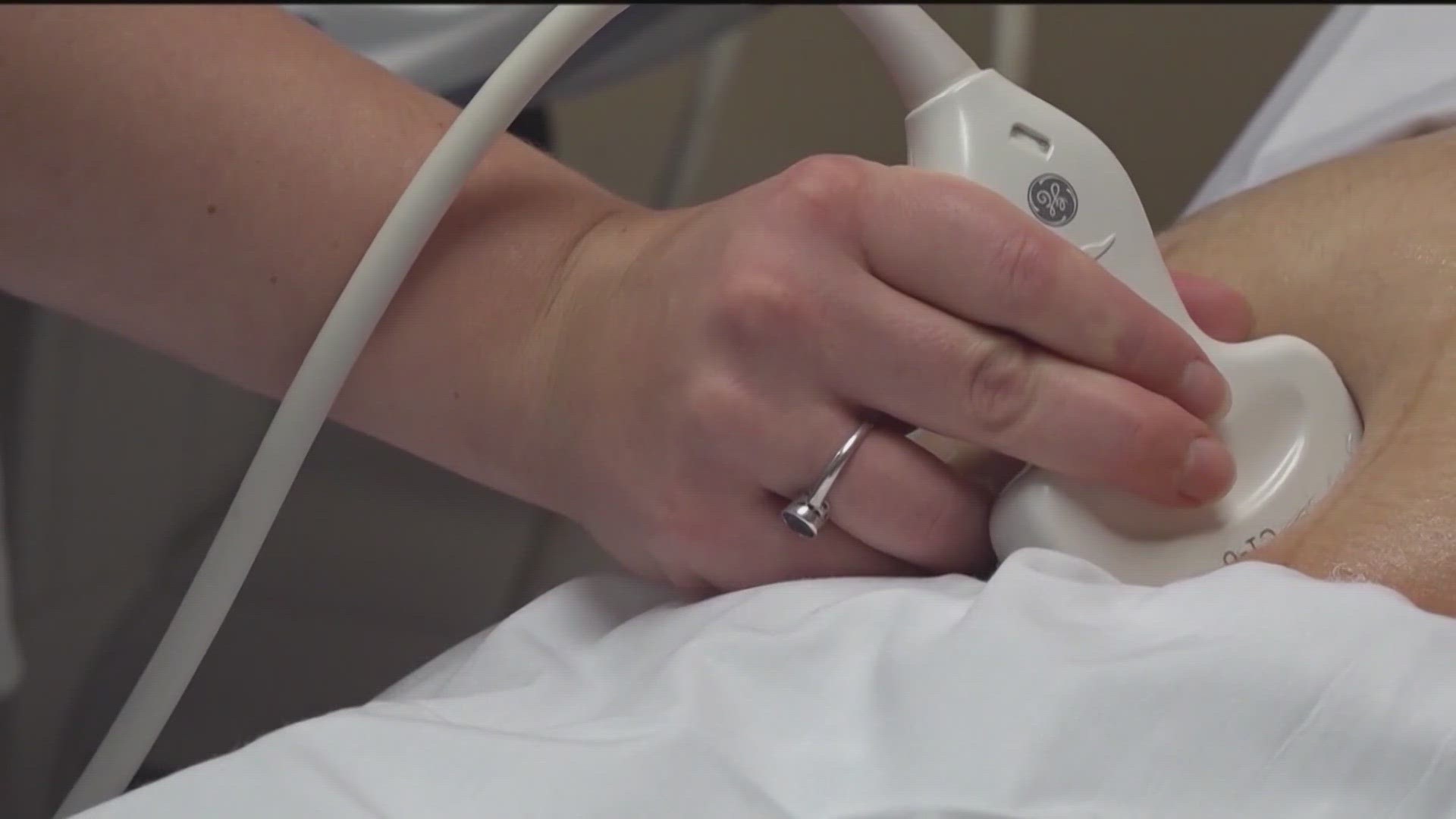SAN ANTONIO — Teen pregnancy continues to be an issue in South Texas. Despite rates going down, rural communities are a concern for healthcare providers, especially among teens of color.
In fact, in 24 counties in South Texas, teen pregnancy rates are up to four times higher than the national average.
"These counties suffer from disparate health needs and health burdens," said Jennifer Todd, project manager of UT Teen Health, an initiative of UT Health San Antonio that promotes adolescent health and wellness.
The national teen birth rate has gone down across the country since 1991, with 13.9 births per one thousand births for teens between the age 15 and 19. Birth rates among Hispanic and non-Hispanic Black teens, however, top 21.8 per one thousand births.
"Part of that goes back to not having or having a decreased access to educational resources and then the lack of access to health care services that are available to young people in their families in these communities," Todd said.
That's why UT Health San Antonio’s Teen Health program wants to focus on 38 counties, where 69% of the population is Hispanic.


"It is focused on advancing adolescent health equity and through proven evidence based programs and positive youth development," Todd said.
They’ll be working with school districts, clinics, detention centers and other community based organizations—especially in rural areas. With the help of a $9.8 million grant from the Department of Health and Human Services, the grant will go toward teen pregnancy prevention programs over the next five years.
"There is there's just there's excitement in the air to get started. And i think part of it is we want to be strategic," Todd said.
According to the CDC, teen pregnancy is associated with increased high school drop out rates. The children of teen mothers are also more likely to drop out of high school, and face teen pregnancy, incarceration and unemployment.
"Helping them to know that they can wait to have another child or to have a child until after they've graduated college, they're going to be set up for even more success," Todd said.
In Bexar County, birth rates have decreased since 2016, but are still higher than the national average, with central and southwest San Antonio with some of the highest birth rates, according to data from the city.
"In 2010, you teach in health focused on a bear county community wide initiative with federal funding such as this one. And we saw a 73% drop in teen birth rates since then," Todd said.
UT Teen Health is hoping that with the help of South Texas communities, they’ll have the similar results this time around as well.

